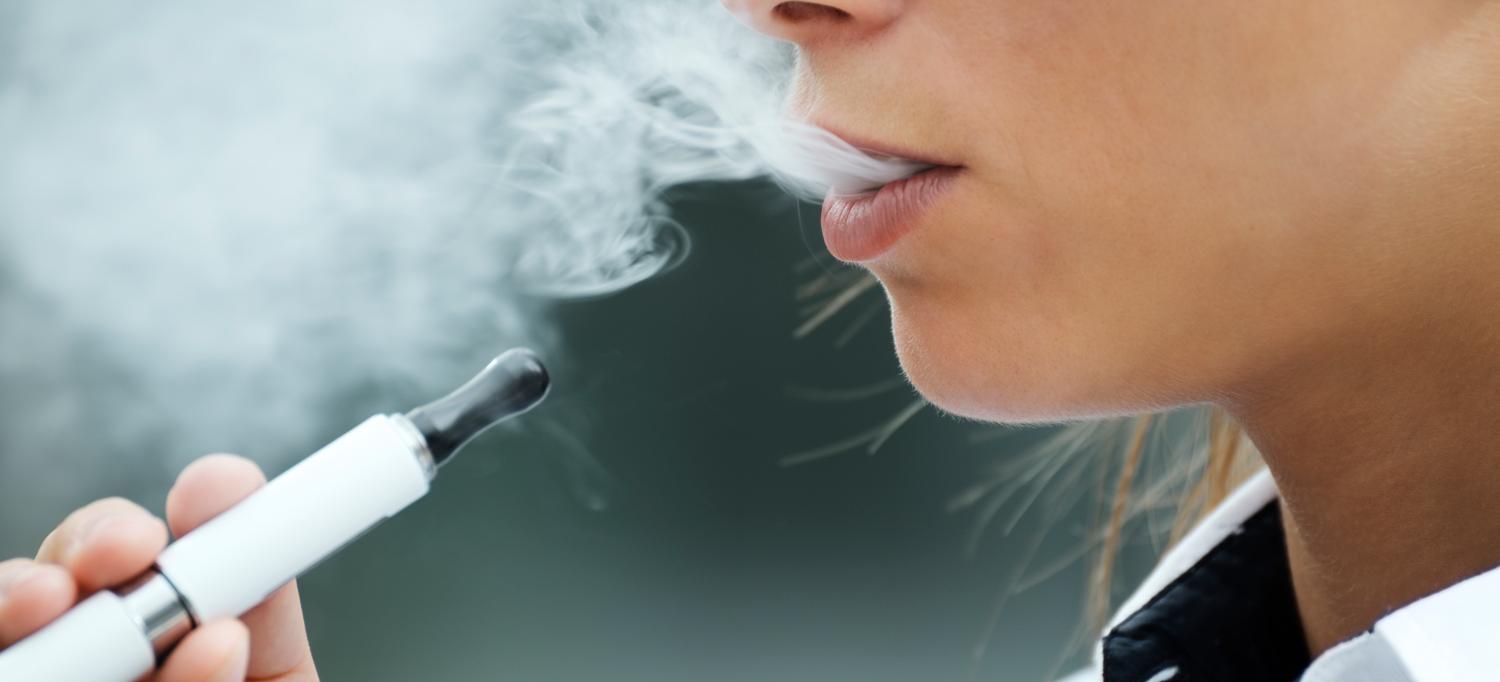
IMAGE: GETTY/DIEGO CERVA
Frequent cannabis vaping, defined as vaping at least 10 times a month, more than doubled among high school seniors in the United States between 2018 and 2019, according to new research from NYU Grossman School of Medicine published online May 7 in the Journal of Adolescent Health. The rise in frequent use was even greater in certain subgroups such as students 18 years or older, female students, and those who reported using other drugs within the past year.
While some studies have examined the rise of cannabis vaping in general, little attention has been paid to more frequent vaping, which can increase the risk for cannabis use disorder. Symptoms of cannabis use disorder, according to DSM-V criteria, can include increased tolerance, repeated attempts to control use or quit, spending a lot of time using, social interpersonal problems due to use, and giving up other activities to use, to name a few.
“Frequent vaping of cannabis now appears to be increasing at a faster rate than any vaping of cannabis,” says study author Joseph J. Palamar, PhD, MPH, an associate professor in the Department of Population Health at NYU Langone and a researcher in the Center for Drug Use and HIV/HCV Research at NYU School of Global Public Health.
Study Findings
Dr. Palamar obtained data from a nationally representative survey of high school seniors in the United States from 2018 and 2019 called Monitoring the Future, with analysis focusing on a total of 12,561 students from 256 schools across 48 states. Analysis from 2018 to 2019 found that past-month cannabis vaping increased from 7.5 percent to 14 percent, a relative increase of 85.9 percent; and frequent use increased from 2.1 percent to 4.9 percent, a relative increase of 131.4 percent.
While increases in frequent vaping were detected among most subgroups of high school seniors, the most elevated increases were among female students (an increase of 183.5 percent), students 18 years or older (an increase of 154.9 percent), and those who go out 4 to 7 times per week (an increase of 163 percent).
Among students who used other drugs within the past year, the most notable increases were among those who used psychedelics other than LSD (an increase of 57.6 percent), those who used prescription opioids for nonmedical use (a 184.7 percent increase), those who used tranquilizers for nonmedical use (a 135.7 percent increase), and those who used cocaine (a 77.5 percent increase).
Research reported in this publication was supported by the National Institute on Drug Abuse of the National Institutes of Health under Award Number R01DA044207 (PI: Palamar). The content is solely the responsibility of the author and does not necessarily represent the official views of the National Institutes of Health.
Media Inquiries
Sasha Walek
Phone: 917-838-9607
sasha.walek@nyulangone.org
